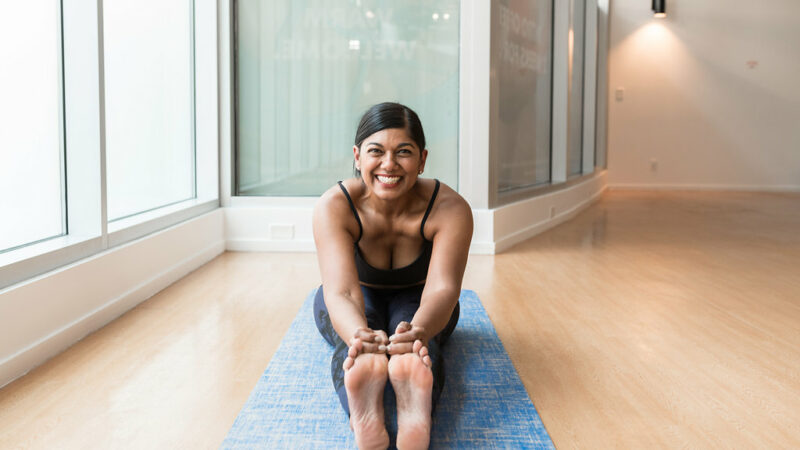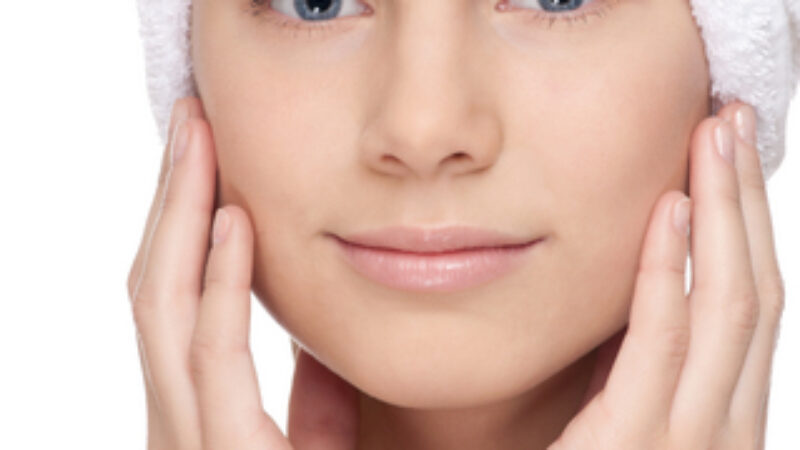A new study reveals that ski resort patrons are not taking enough precautions to protect themselves from UV radiation.
There’s a surprising amount UV at high elevations; in fact, skiers are bathed in radiation. Under certain conditions, the UV index on a snowy mountaintop can be even more dangerous than on a hot summer’s day at the beach. This is because of the reflective properties of snow and ice.
The study showed that UV radiation was highest
At midday
In Spring
Under clear skies
At higher altitudes
Closer to the equator
At higher temperatures
Of course, avoidance of these peak conditions does not mean absolute UV protection, the researchers say. Although UV can drop by as much as half with cloud cover, for example, there is still plenty of skin- damaging radiation that sneaks through.
How can you protect yourself? The same rules hold true for winter sun as for summer sun; but here at PhaMix we have a few shortcuts which will make your life easier:
- Cover up with clothing. Make sure you don’t forget gloves, sunglasses and a brimmed head covering.
- Cover up with sunscreen. Researchers suggest reapplication every 2 hours, for two reasons: loss of protection as the product is washed away by moisture or perspiration; and the breakdown of the product itself under UV radiation.
- Your choice of sunscreen is just as important. If you are active, opt for highly water resistant products such as Anthelios 30 Gel where possible. This will help to reduce the need for constant reapplication. Colorescience Sunforgettable (available in 3 shades to suit most skin tones) is a convenient brush on application endorsed by the Skin Cancer Foundation and which offers highly water resistant protection as well. Look for formulations that are photostable, meaning that they won’t break down when exposed to UV light. Ingredients including Mexoryl SX, Mexoryl XL and Tinosorb S fit the bill and can be found in Anthelios sunscreens and Ombrelle sunscreens. Zinc oxide and titanium dioxide are physical blockers that maintain their integrity also.
- If you are applying a chemical based sunscreen as with Anthelios or Ombrelle, give yourself 30 minutes to absorb into the skin before hitting the slopes. Physical sunscreens such as Keys Solar Rx or Colorescience are active immediately upon application.
- And, don’t forget those smackers: melanoma on the lips is increasingly common, so remember to apply high SPF to the sensitive lip area. Anthelios lip stick SPF 50+ and Colorescience Lip Shine SPF 35 are both excellent products with all the robust features of their face and body counterparts. Do not trust high-shine non –SPF lip glosses as they will only increase the sun damage to your lips.
- Stay out of the sun as much as possible. Eat your lunch in the shade, and if you’re resting while other skiers catch up to you, stop under a tree.
- Beat the sun and the crowds at the same time: avoid the slopes at midday when the UV index is highest. Avoid going to the mountain on the sunniest days of the spring and ask your favorite ski resorts to publish daily UV indexes to increase people’s awareness of the need for sun-safety behaviors.
See you on the slopes!





This is a question not a comment.I am an African but with a fair skin naturally.but after several years of application of clear essence cream and stopping my fair colour has deminished and I look very dark and unattractive.What cream can I use to remedy the situation
Hello Tina,
It sounds like you are experiencing a common condition called hyperpigmentation, caused by excess building of melanin, often but not always resulting from sun damage. For more information, have a look at our article on hyperpigmentation by clicking on this link.
As you will see there, there are a couple of products that are effective in removing the pigmentations. One of these is hydroquinone — read about it here. Please note that hydroquinone must be used with caution, exactly as prescribed, and it’s always a good idea to test a small area first. Products on our website containing hydroquinone include Lustra, Neostrata HQ, Ultraquin.
While hydroquinone is considered the gold standard among skin professionals, there are also botanical skin lighteners such as kojic acid, present in Mela D by La Roche Posay. Another product you might be interested in is M2, which lightens the skin and improves its overall texture as well through key ingredients malic acid and mandelic acid. Both of these have clinical evidence to back up their claims of effectiveness.
These are the only products we are able to recommend as safe and effective, when used correctly.
Also, avoid exposure to the sun. Many of these products make your skin extra sensitive to its UV rays. Without sunscreen, you may find discolouration returning to your skin later. The best sunscreens contain broad-spectrum UV blockers and don’t break down with exposure to light. Read about them here.